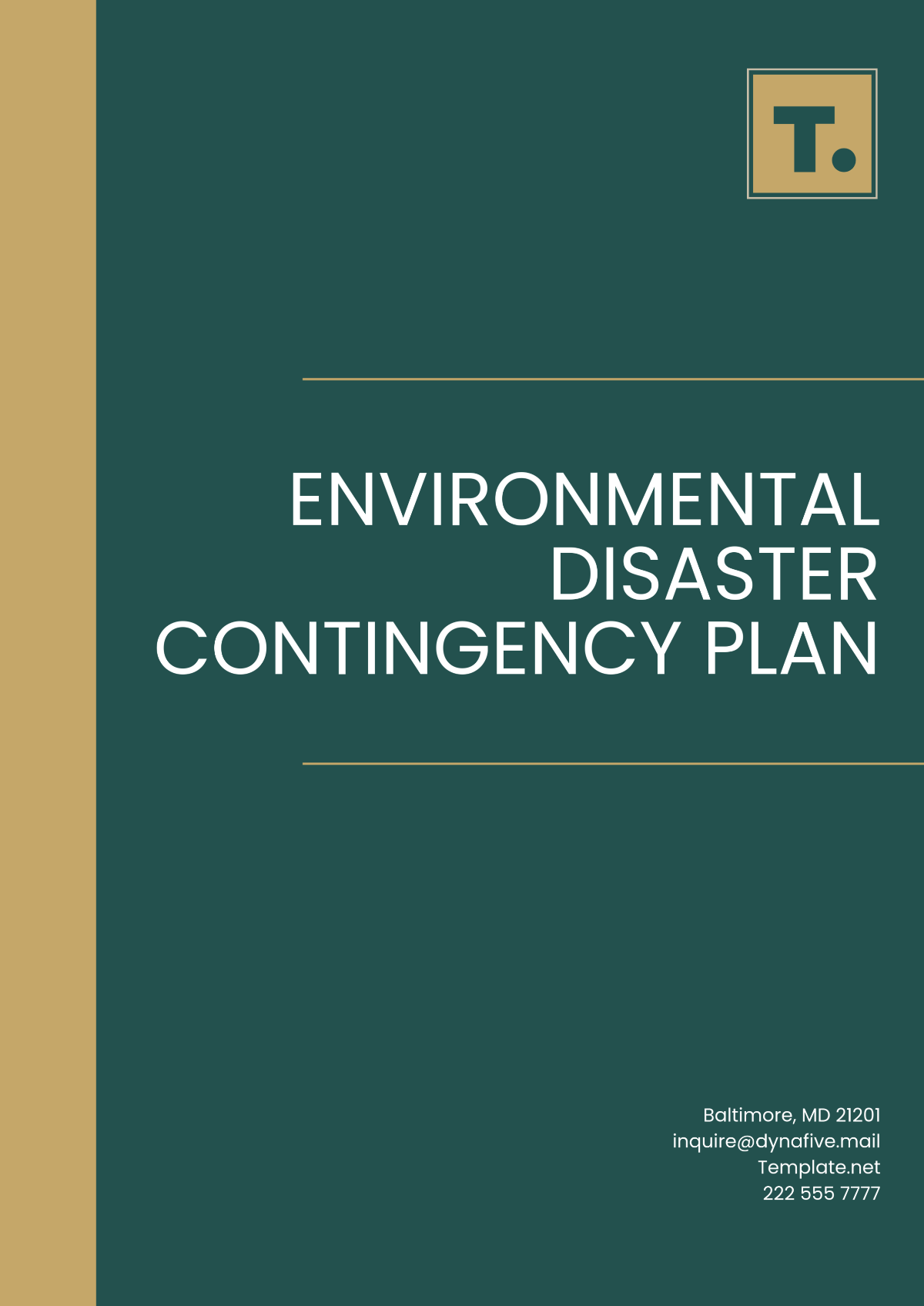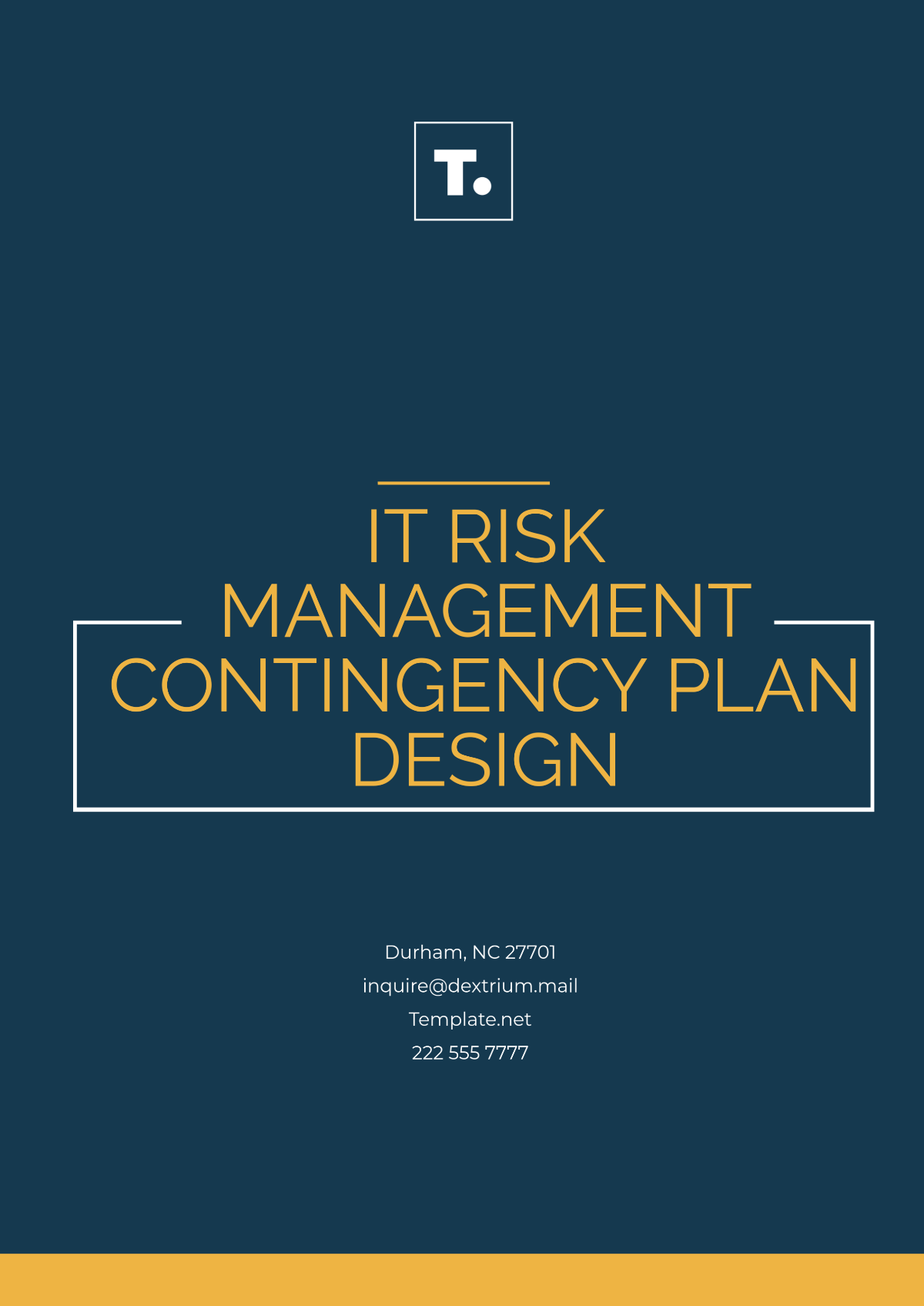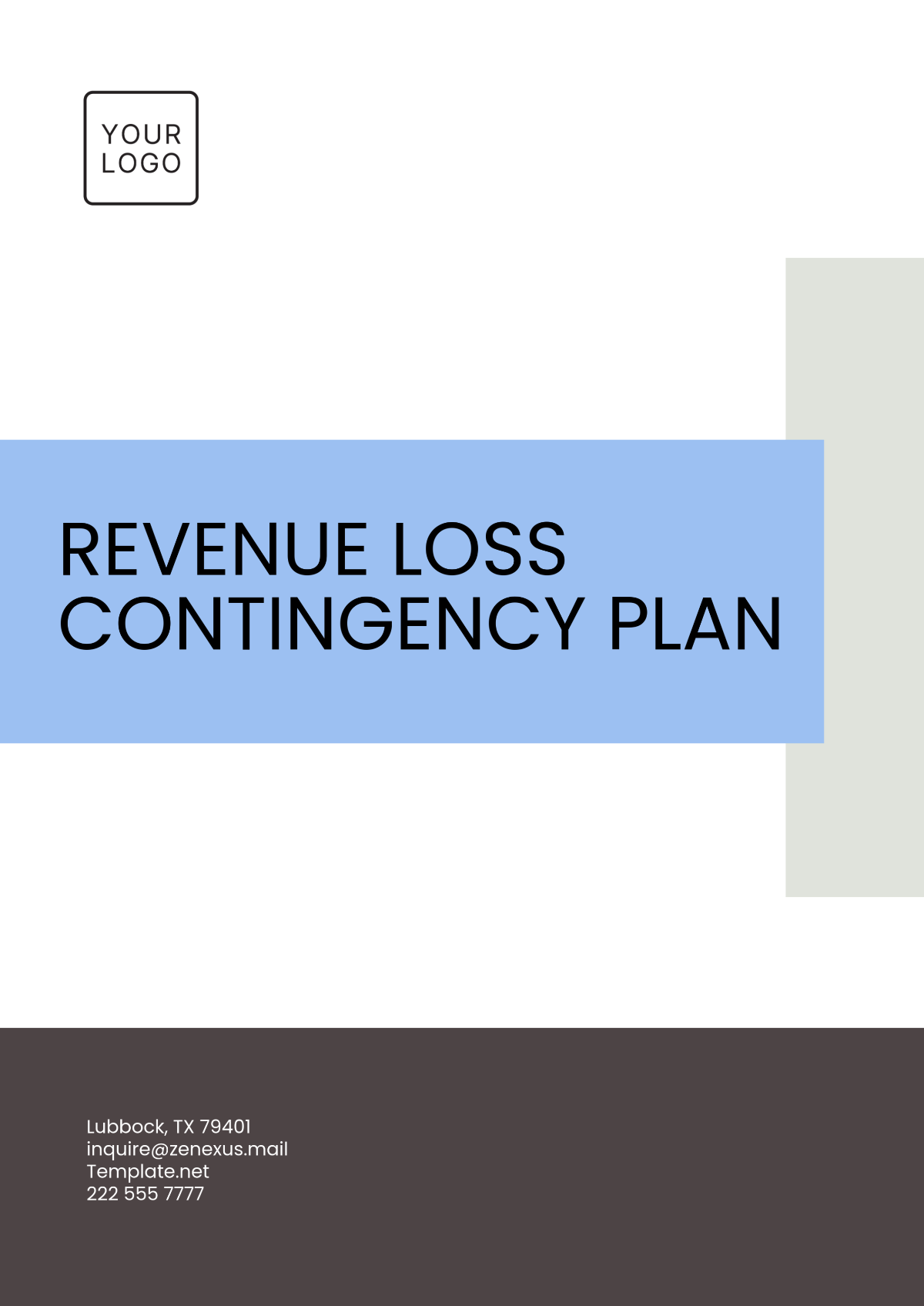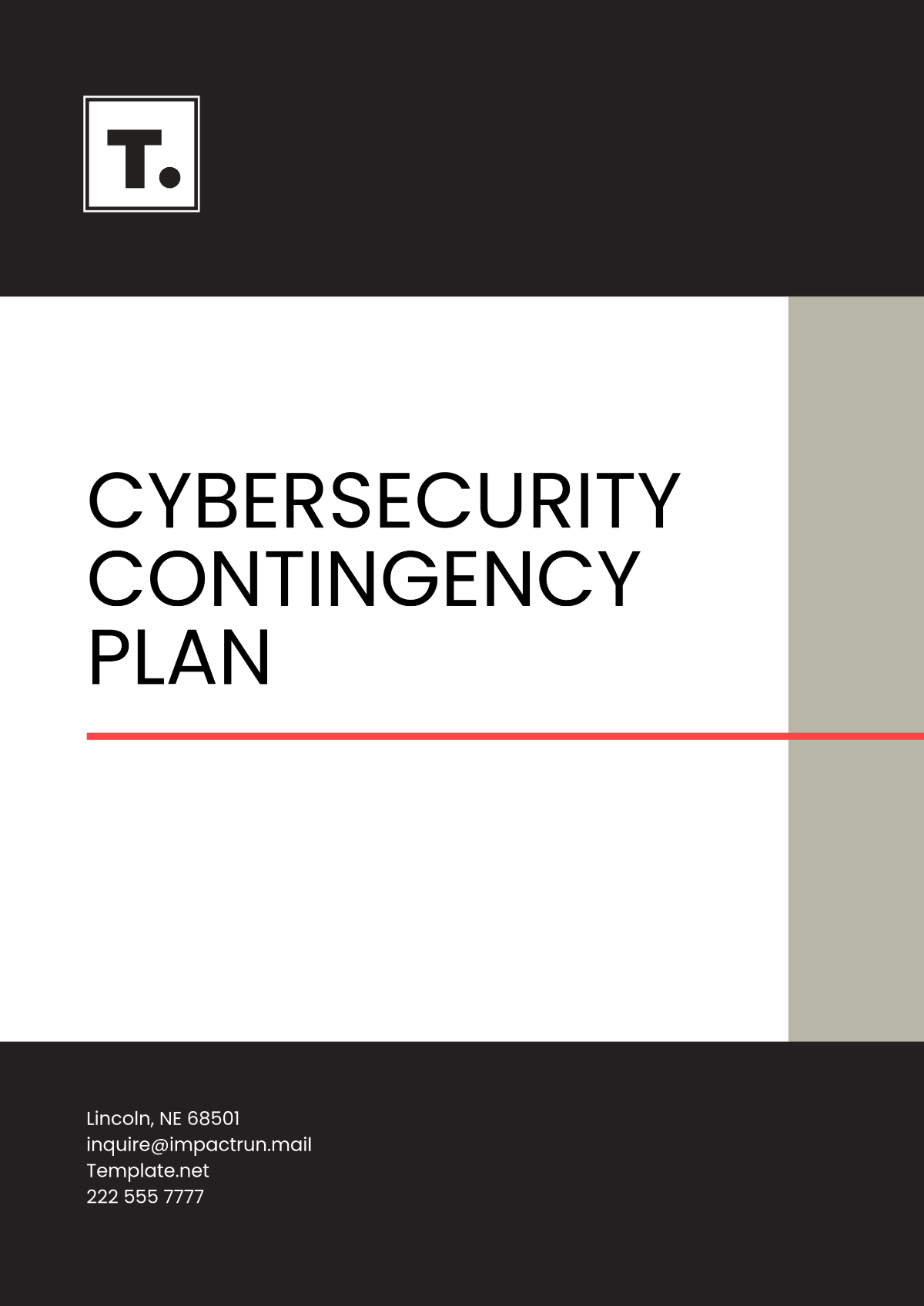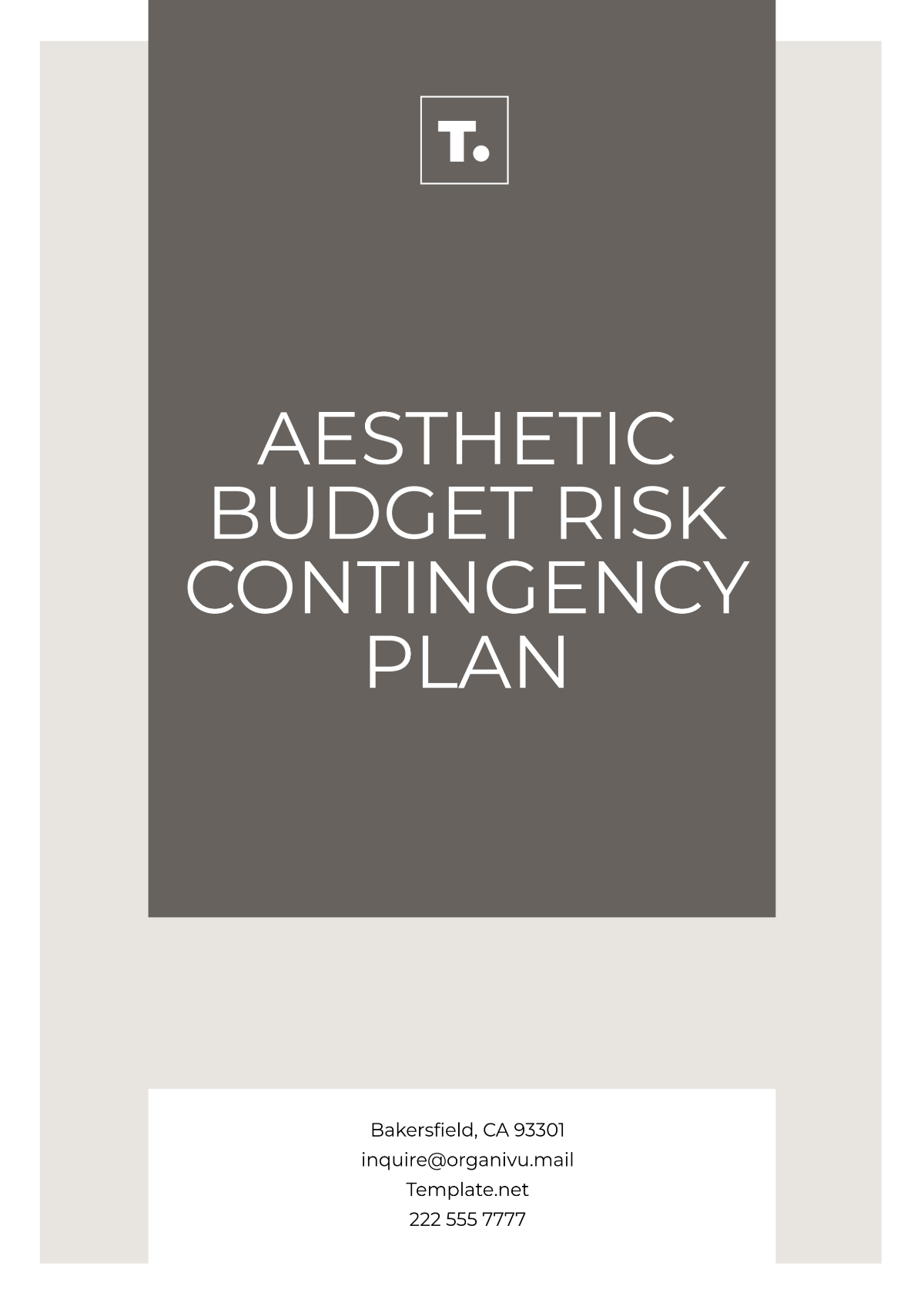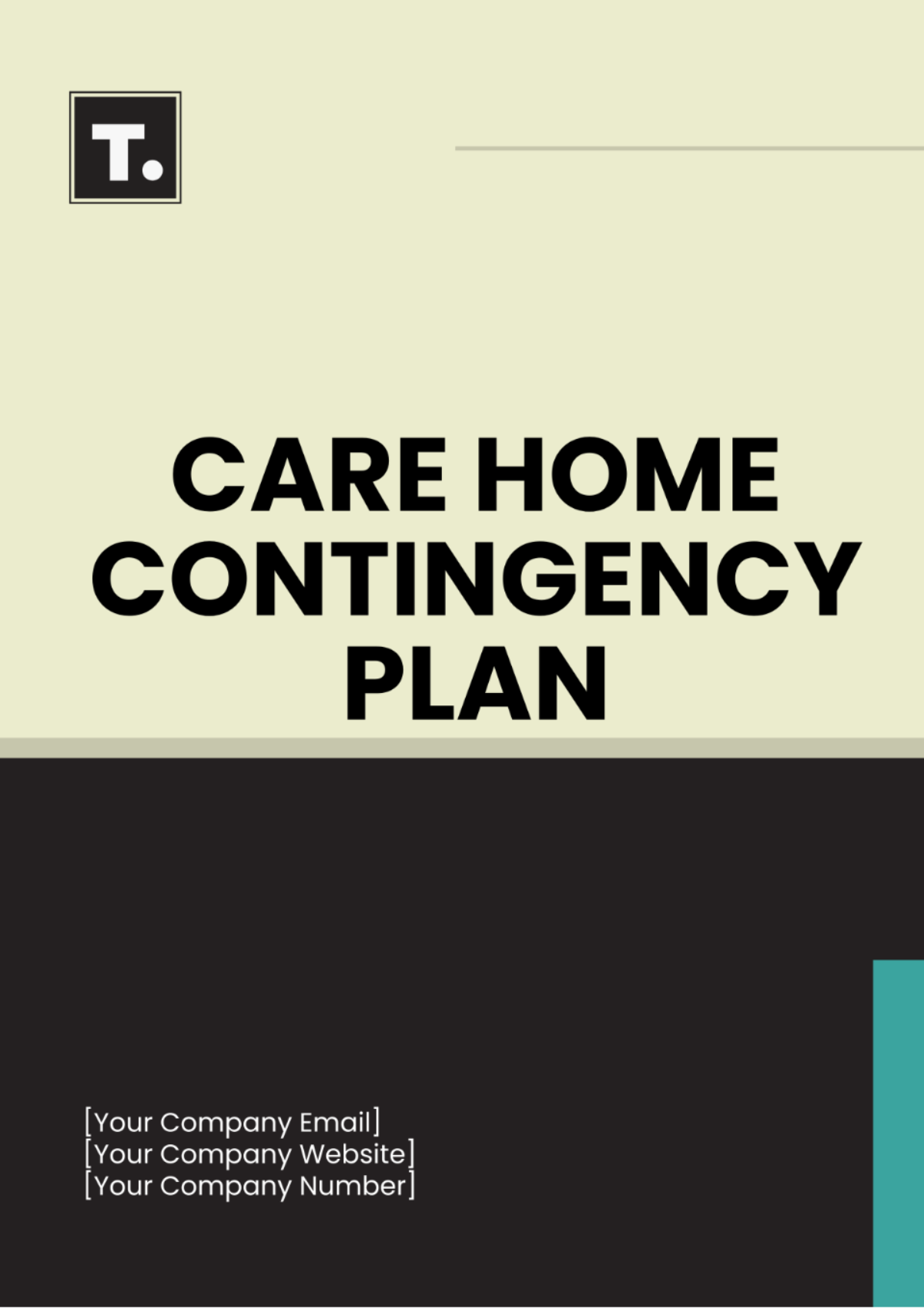Contingency Plan for Natural Disasters
Prepared By: [Your Name]
Date: June 18, 2060
I. Introduction/Overview
The purpose of this Contingency Plan for Natural Disasters is to ensure preparedness and provide guidelines for effective response and recovery from natural disasters. This plan outlines the measures to manage risks, allocate resources, and restore normalcy in impacted areas. It covers potential scenarios from 2060 onwards and applies to all organizational levels, ensuring a coordinated approach to disaster management.
II. Risk Assessment
A. Identification of Potential Natural Disasters
Potential natural disasters identified include earthquakes, floods, hurricanes, wildfires, and tsunamis. Each of these events poses specific risks given our geographic and environmental context.
B. Impact Analysis
Earthquakes may cause structural damage, power outages, and casualties. Floods may result in waterlogging, infrastructure damage, and health hazards. Hurricanes and tsunamis may lead to severe structural damage, evacuation needs, and long-term disruption. Wildfires can cause habitat destruction, air quality issues, and property damage.
III. Response Procedures
1. Earthquake Response
Immediately seek cover, and avoid windows and heavy furniture. After the shaking stops, evacuate the building safely and assemble at designated safe zones. Conduct headcounts and report any missing persons to emergency services.
2. Flood Response
Monitor weather alerts and install flood barriers if necessary. Move to higher ground and secure critical assets. Communicate with emergency services for evacuation if needed.
3. Hurricane and Tsunami Response
Follow forecasts and evacuation orders promptly. Secure facilities and vital records. Prioritize human safety by organizing evacuations and establishing temporary shelters with adequate supplies.
4. Wildfire Response
Implement fire suppression measures and evacuate order-specific areas. Maintain communication with fire services and prepare for potential air quality concerns by providing masks and guidance.
IV. Roles and Responsibilities
Key personnel involved include:
Disaster Response Coordinator: Oversees and directs the implementation of the strategy formulated to tackle and respond to the current situation.
Communication Officer: Responsible for overseeing the distribution and communication of information both within the organization and to external parties.
Logistics Manager: Tasked with overseeing and organizing the allocation and distribution of resources, along with managing logistical operations required to deliver shelter and essential services.
Security Coordinator: The main goal is to ensure the safety of all staff and property by implementing measures to prevent harm or damage.
Health and Safety Officer: The organization offers comprehensive medical assistance services and conducts thorough safety assessments.
V. Communication Plan
A. Internal Communication
Use multiple channels such as intranet, emails, and text alerts to keep all stakeholders informed of the situation and response actions. Establish a hotline for immediate updates.
B. External Communication
Coordinate with local authorities, media, and community representatives to share timely updates. Ensure a clear line of communication with emergency services and NGOs for collaboration efforts.
VI. Resource Management
Conduct a comprehensive assessment of the necessary resources, which include food, water, medical supplies, and equipment. Once the inventory is complete, allocate these vital resources to the appointed safety officers. Furthermore, establish formal agreements with local suppliers to facilitate the procurement of these resources in case of an emergency. Additionally, plan and pre-determine the logistics routes that will be used for distributing these supplies efficiently.
VII. Recovery and Continuity
A. Impact Assessment
Conduct thorough inspections to assess damage and identify priority areas for rebuilding and restoration. Document losses and submit claims to insurance providers if applicable.
B. Restoration of Services
Gradually restore utilities and communications. Coordinate with government agencies to fast-track repairs and infrastructure rebuilding.
C. Business Continuity
Implement continuity plans to ensure critical operations resume promptly. Support employees and community members in returning to normal routines.
VIII. Training and Drills
Regular training and practice drills are vital to ensure stakeholders understand the disaster response plan thoroughly and can perform their roles effectively in emergencies. These sessions allow active engagement with the plan, helping participants execute their duties well. After each session or drill, evaluating participant performance is essential to gauge preparedness and responsiveness. Feedback from these evaluations provides insights for improving the disaster response strategy. To stay prepared, annual scheduling of these drills is recommended, with each drill focusing on different disaster scenarios to prepare stakeholders for various potential situations.




